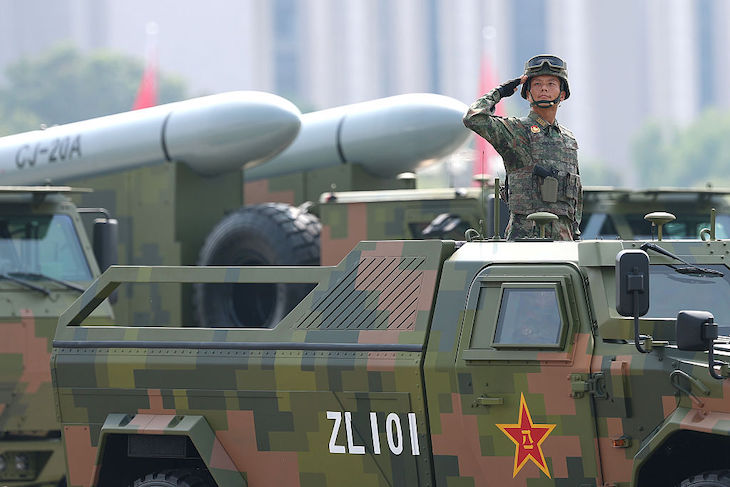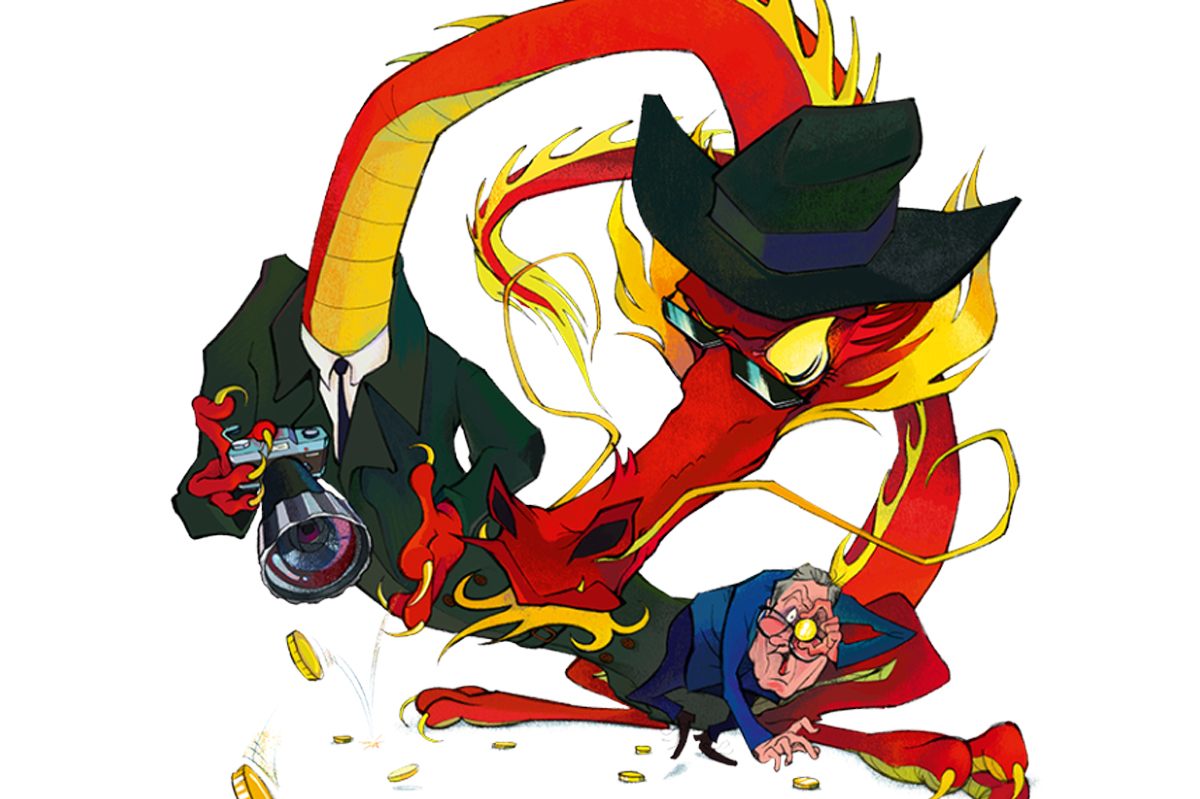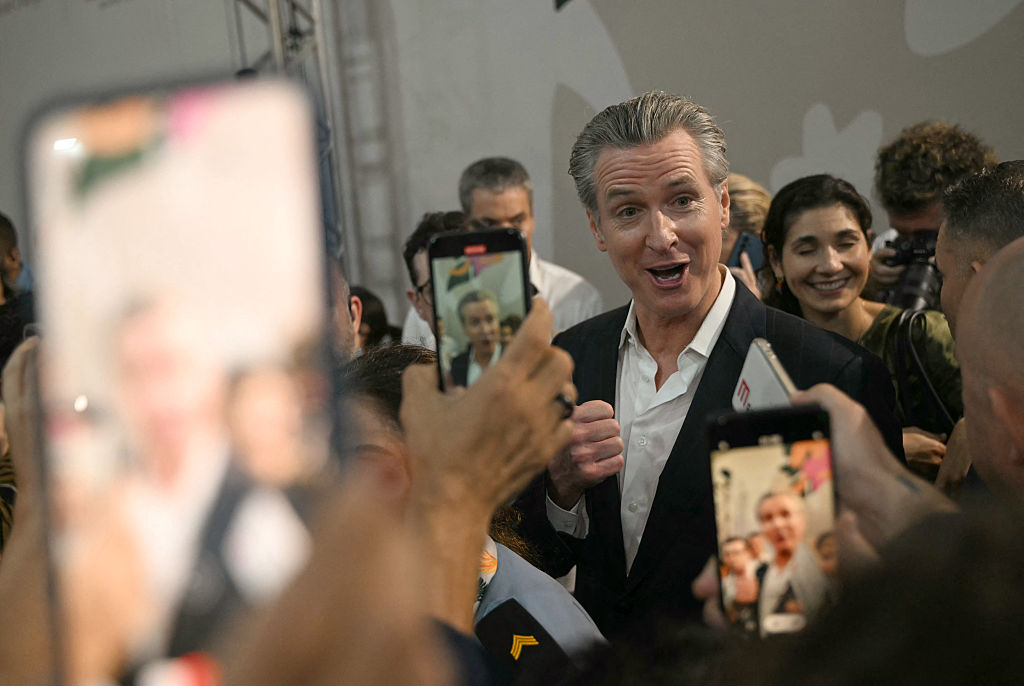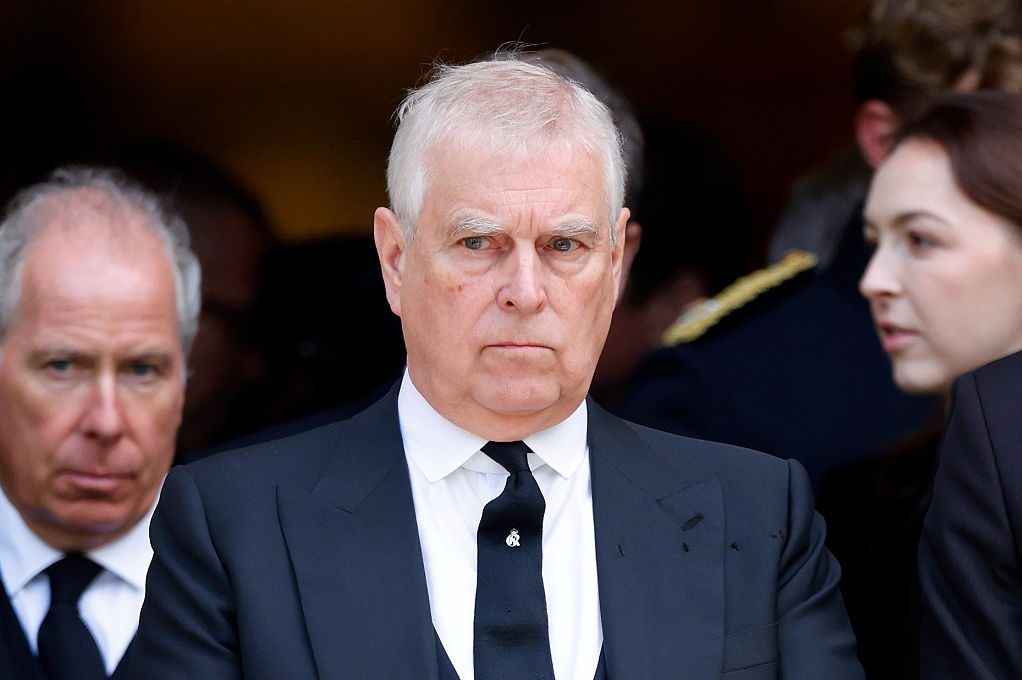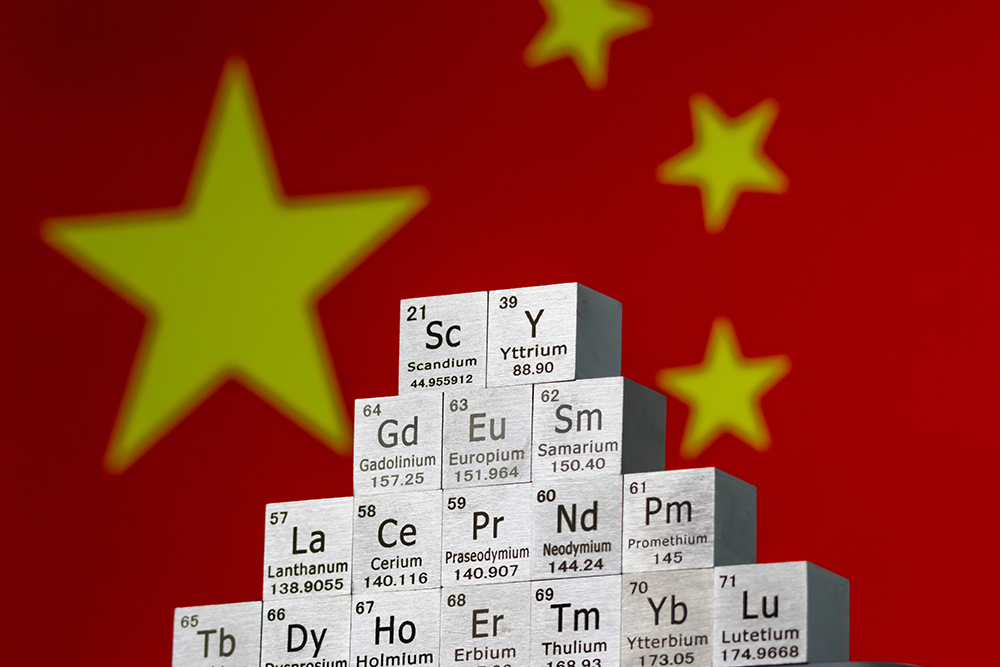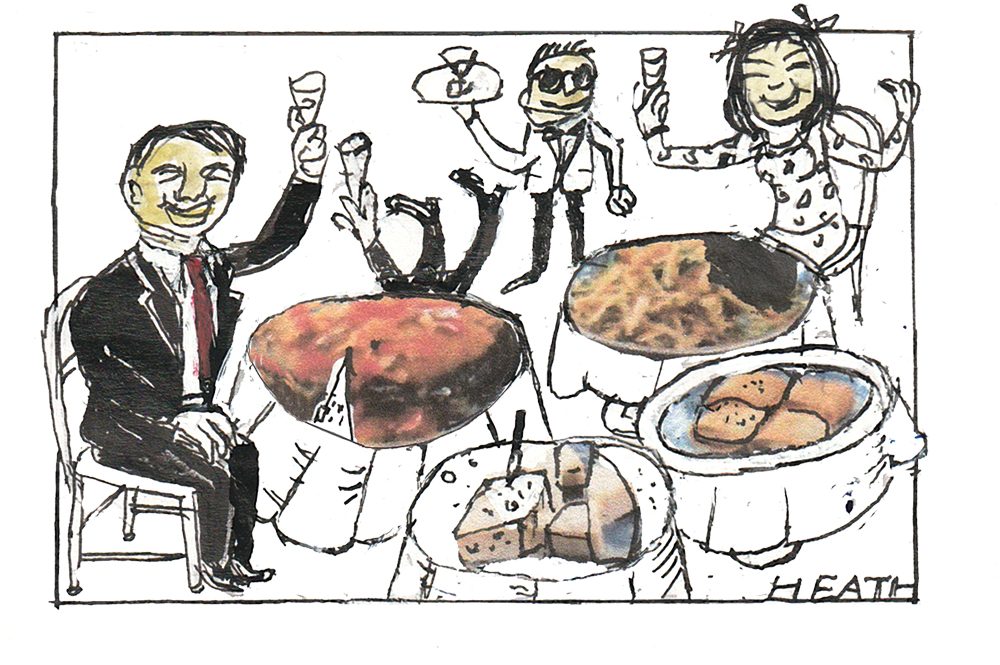Beijing gave us a glimpse of the future this week. Across Tiananmen Square rolled column after column of tanks, missile launchers and robot dogs. Above, sleek new J-35 stealth fighters cut through the smog, together with drones and surveillance aircraft. The centerpiece was unmistakable: gleaming hypersonic and ballistic missiles, designed to extend China’s military reach across continents. Reviewing all this was Xi Jinping, flanked by Russia’s Vladimir Putin and North Korea’s Kim Jong-un. It was military theatre, yes. But it was also a declaration: China is no longer just a regional power. It intends to set the rules of a new world order.
This was no isolated spectacle. It was the third act in a carefully choreographed summer. First, in July, the BRICS summit in Rio: a “Rio Declaration” with 126 commitments, called for reform that would see less Western influence and more involvement from the BRICS nations – and the general Global South – in international decision making.
Then, in August, the China-led Shanghai Cooperation Organization’s largest-ever meeting in Tianjin saw Beijing reaffirm the call for a new model of global governance, one that aspired to “true multilateralism” in a clear swipe against the Trump agenda. This included plans for an SCO development bank which analysts saw as yet another move to develop an alternative payment system that could circumvent the US dollar and the power of US sanctions.
The role of the Victory Day parade was to support Beijing’s political ambitions with a show of its military might. The post-war US-led order has long been underpinned by America being the pre-eminent military power. Now this is no longer the case (at least in terms of quantity, if not quality, given China’s lack of war-fighting experience), the premise of American global leadership and the global application of its liberal order is no longer secure.
Overall, the message to the world of the last few months is clear: the center of gravity is shifting to Beijing.
China and Russia, supported by other authoritarian states, are now attempting to build what might be called a Counter-Alignment: an alternative set of rules, laws, values and institutions underpinned by their combined power, but dressed in the rhetoric of multipolar fairness. They seek to achieve this not only through diplomacy but by harnessing technology, geography, and ideology. China’s drive to command the Fourth Industrial Revolution, the Counter-Alignment’s grip on key Eurasian trade routes, and Beijing’s cultivation of dependent states through infrastructure and digital standards all lend substance to a sovereignty-first order that challenges Western primacy.
India’s position is the most striking. Long cast in the West as the democratic counterweight to Beijing, New Delhi has in fact been leaning into both BRICS and SCO with new enthusiasm. In Rio, Narendra Modi signed up to the bloc’s AI governance framework and echoed calls for equal rights in global rule-making. In Tianjin, he nodded along with Xi on cooperation against cross-border terrorism.
True, he skipped the martial theatrics of the Beijing parade – unlike Putin and Kim – but the direction of travel is unmistakable. One reason is personal. Donald Trump has repeatedly needled India with fresh tariffs and treated Modi less as a partner than as a supplicant, a humiliation the Indian prime minister has not quickly forgotten. And India is hardly alone. Brazil, South Africa and a clutch of other Global South powers are embracing these Chinese-led forums, giving the Counter-Alignment a veneer of legitimacy that Western capitals dismiss as posturing but much of the developing world hails as overdue reform.
The contrast with Trump’s own parade in Washington in June could not be starker. Ostensibly marking the US Army’s 250th anniversary, it was a brash, inward-looking jamboree: tanks parked on the Mall, fighter jets roaring overhead, a speech heavy on domestic grievance. Not a single foreign leader attended; the audience was largely red-capped supporters, not heads of state. Beijing’s extravaganza, by contrast, was outward-facing and international, with more than two dozen leaders in attendance. Trump staged a piece of political nostalgia; Xi orchestrated a global summit with missiles attached. One was a rally. The other, a manifesto.
This all carries an uncomfortable lesson. The institutions and rules of the Western-led order – the UN, NATO, the Bretton Woods system – are being steadily co-opted, challenged and, in places, duplicated. What western politicians still wave away as talking shops, the summits of BRICS and the Shanghai Cooperation Organization are quietly evolving into something more substantial. They now produce development banks, alternative payment systems, and even draft frameworks for AI governance – the slow but deliberate scaffolding of a parallel order.
Taken together, these initiatives form the basis of a new world system: one that borrows the architecture of the West but seeks to rewire its foundations around sovereignty, multipolarity, and Chinese leadership.
The parade in Beijing was not simply a display of new hardware. It was a declaration of intent, a projection of power and a plea for legitimacy, delivered in front of a carefully curated international audience.
We should recognize the deeper struggle unfolding: the fight over who writes the rules of the 21st century. Power, as history teaches us, only endures when it is coupled with legitimacy. China and Russia, with India and Brazil and others in tow, are betting they can assemble both. The West, distracted and divided, may soon find itself living in a world not of its making.



